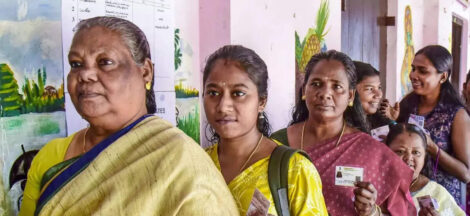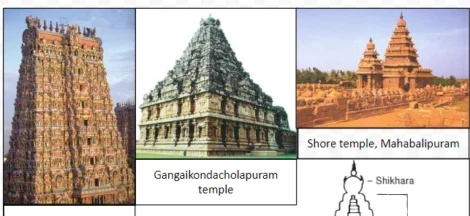By Amulya Ganguli
Indian elections are generally boisterous affairs with the atmosphere of a carnival. However, the chances are that the zing will be absent during the forthcoming state assembly elections and the general election next year.
The excitement will be only when the results are announced even if there is an element of predictability about them. But, prior to that, the festive spirit will be missing during the campaign. The reason is that the government’s narrative and the opposition’s counter-narrative have been aired and written about so often that they have lost all their novelty.
It is easy to foretell, therefore, what the BJP’s chief and virtually the party’s one and only campaigner, Narendra Modi, will say at his various public rallies. The Congress will be the main target of his attacks, especially because it is the BJP’s primary opponent in the Rajasthan, Madhya Pradesh and Chhattisgarh elections. But the points which the prime minister is bound to make while lambasting the party can be said to have become rather stale because of constant repetition.
The word naamdar which Modi first used during the Karnataka elections is likely to be reiterated countless times to berate Rahul Gandhi’s illustrious lineage. Along with it, Modi cannot but mention his own kaamdar credentials of being an indefatigable worker. Moreover, while doing so, he in all likelihood will recall his own humble background to pit it against the Congress president’s privileged family tree.
Along with dynasty, corruption will be the other stick with which the formerly Grand Old Party will be beaten. Will these parries and thrusts be effective? Considering that the Congress has managed to win several by-elections in Rajasthan and Madhya Pradesh recently, it can seem that the electorate has forgiven the party to some extent. After all, it did pay a heavy price in 2014 and, according to the legal notion of double jeopardy, a person (or a party) cannot be convicted of the same offence twice.
So, it may be politically imprudent for the BJP to harp on the same theme over and over again not only because it can tend to bore the listener but also because it suggests that the party doesn’t have anything new to say, especially about its achievements.
It is obviously because the economy has remained sluggish and the hate crimes have increased that the BJP keeps returning to blaming the Congress for virtually everything that has gone wrong.
If Modi’s attacks seem repetitive, the opposition spokespersons, too, will be seen to be going over familiar ground with their references to agrarian distress, joblessness and the insecurity of minorities. Important as these issues are, it is necessary to buttress the references to them with facts and figures as well as heartfelt details about the sufferings of individuals. There aren’t many orators in the opposition camp who can do so.
Needless to say, politicians have no option but to keep focusing on topics which they think are the most effective weapons in their armoury. For the hapless public at the receiving end, however, especially for the average person whose interest in politics is not as keen as that of the professional pollsters and media personnel, there will be an element of sameness in the charges and counter-charges which will make the electoral battle appear to be a dull affair. As a result, they will be glad when it is over.
The association of monotony for the common man where the elections are concerned may seem odd considering that the forthcoming contests are deemed to be no less consequential than what happened in 1977 when the country was said to have gained its second independence in the wake of the demise of an authoritarian regime.
Recalling 1977 may seem apt considering that Modi’s critics have seen shadow of an undeclared emergency during his rule. To them, the personality cult focussing on one leader, the undermining of institutional autonomy, the intimidation of the media, the violence directed against the minorities and the whipping up of hyper-nationalism are some of the signs of growing authoritarianism.
For the opposition, therefore, the ensuing battles may appear to be a do-or-die affair because it is up against a formidable adversary just as the non-Congress parties faced in 1977. There is another similarity. In 1977, too, the opposition was in disarray as at present.
Notwithstanding the repetitive, humdrum nature of the election campaign, therefore, the significance of the contest cannot be denied. Arguably, it is probably just as well that the narratives and counter-narratives are unlikely to be rivetting expositions with their pronouncements of ushering in a new India by one group and predictions of doom by the other.
As the two sides present their cases with arguments that have been heard many times, the voters will have ample time to ponder over their statements and deliver a considered verdict in the ballot boxes. As in 1977 and in virtually all the elections, they are likely to make the correct choice by seeing through both rhetoric and claims. (IPA Service)
The post Same Old Political Rhetoric till 2019? appeared first on Newspack by India Press Agency.



